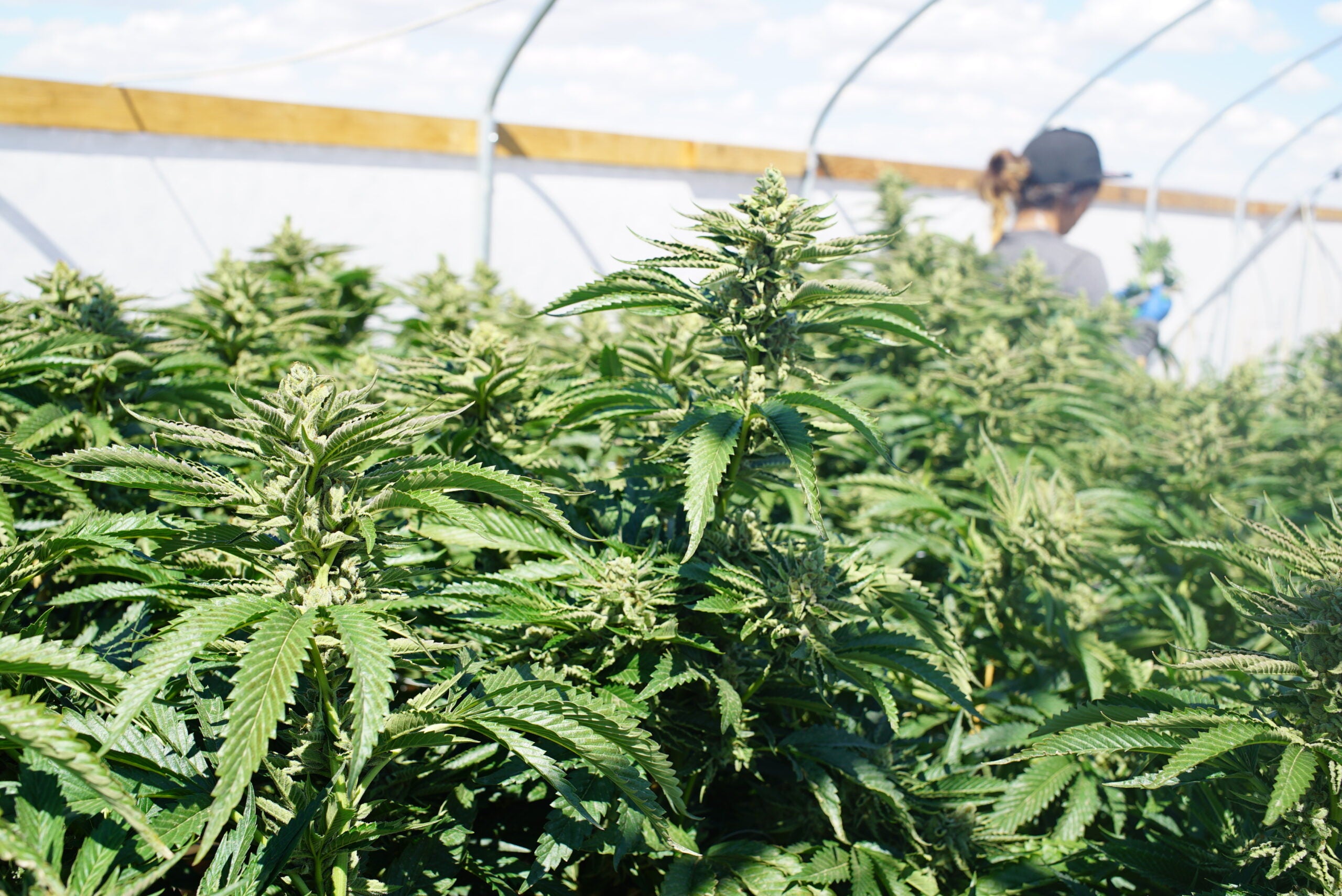There’s no denying that smoking alters lung function, regardless of the substance in use. That said, a new study has revealed that there are subtle differences between the effects of prolonged cannabis and tobacco consumption on lung function. For this reason, although the two substances are detrimental to the lungs, their impacts are significantly diverse.
Evidence from the New Zealand study revealed several differences in how tobacco and cannabis operate when introduced to the body. The research found that prolonged cannabis use causes over-inflated lungs and increases their resistance to airflow to a greater degree than tobacco. Essentially, this means that smoking tobacco for extended periods affects the lung’s capacity to force air out, while cannabis is associated with the opposite effects.
Furthermore, the study found that extended cannabis use may also impair the ability of the lungs to extract oxygen, especially when inhaling. Although this is a common consequence of prolonged tobacco use, long-term cannabis users have not demonstrated these effects hitherto.
Despite being smoked for ages, we know very little about the effects of long-term cannabis use on the lungs. Perhaps one of the most widely known effects of heavy marijuana use is the development of bong lung, a dangerous lung ailment that may not be treatable. Essentially, this condition leaves victims with severe bronchitis and irreversible lung damage. Although bronchitis does tend to improve when victims stop smoking marijuana, heavy users who fail to quit may end up causing irreparable impairment to lung tissues.
The University of Otago study is arguably the lengthiest and most extensive research conducted on the effects of lifetime use of cannabis. It has recorded cannabis use and measured lung function among 1,000 individuals throughout their adult lives, up until 45 years. During the preliminary stages of the study, all the participants were around 18 years old with an overall healthy baseline and similar lung health. The researchers documented cannabis and tobacco use among the cohort between 18 and 45 years. Lung damage had become apparent by the time they were turning 45 years old, with the deterioration being more prominent in the participants who smoked tobacco.
Professor Bon Hancox, one of the co-authors of the Dunedin Study, expressed that the research may be the most comprehensive data on lifetime cannabis use and lung function in a large population sample. He continued to explain that there has been little to no research on the prolonged effects of cannabis on lung function, despite the substance being the world’s most prevalent drug. Hancox cited marijuana’s illegal status as a principal factor behind the lack of extensive research on the matter.
Another factor that has made it difficult to differentiate between the effects of cannabis and tobacco on the lungs is the fact that most smokers use both substances. A combination of smoking both weed and tobacco means that people are likely to get the worst of both worlds. For this reason, it’s hard to isolate the effects of cannabis on lung health in people with such tendencies. Heavy smokers of marijuana may also not be well represented in the research as most of them are reluctant to participate due to fear of prosecution.
What’s more, people center many of the debates surrounding cannabis use on its mental and social effects, forgetting that the substance’s impact on the lungs is equally paramount. With this in mind, it’s crucial to remember that while the effects of cannabis on the lungs are not necessarily worse than tobacco, the substance is not harmless to the lungs.
Even so, things are seemingly changing for the better in the cannabis space as more research into the substance uncovers evidence to support its extensive medical capabilities. For instance, recent studies have indicated that hemp cannabinoids can stop COVID-19 infection. The cannabinoids can bind to the virus that causes COVID-19 and prevent it from spreading and causing an infection. With the Coronavirus wreaking havoc on various economies, such studies could be paramount in finding a solution to the pandemic.
Not only does this improve the acceptance of marijuana, but it also enhances the prospects of a legal cannabis industry. Consequently, we can expect more support for cannabis studies in the future as authorities look to safeguard public health and safety while capitalizing on the opportunity brought by legal weed markets.
While many cannabis consumers prefer to use dab rigs and other smoking accessories, it’s worth pointing out that smoking isn’t the only way to consume marijuana. It can be ingested as edibles or even applied topically as ointments. Cannabis has medicinal properties; thus, people should learn to use it effectively while minimizing risk.














Leave a comment
All comments are moderated before being published.
This site is protected by reCAPTCHA and the Google Privacy Policy and Terms of Service apply.